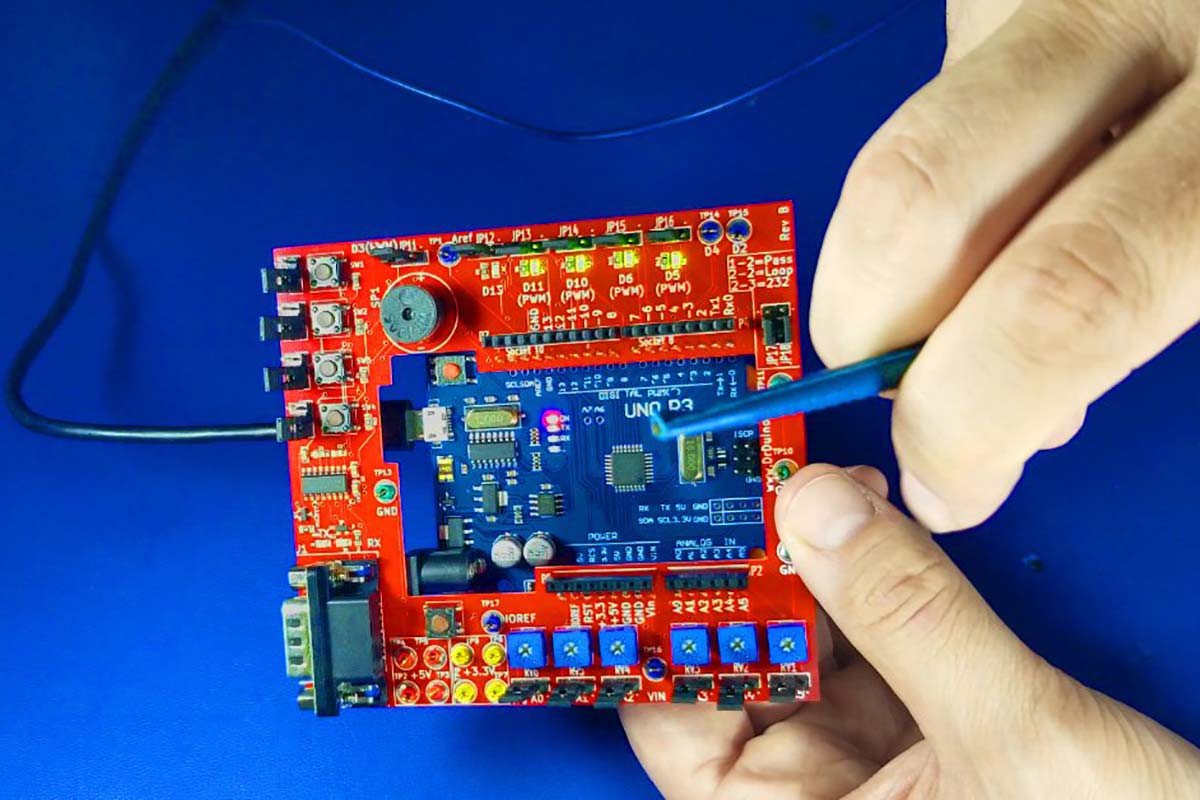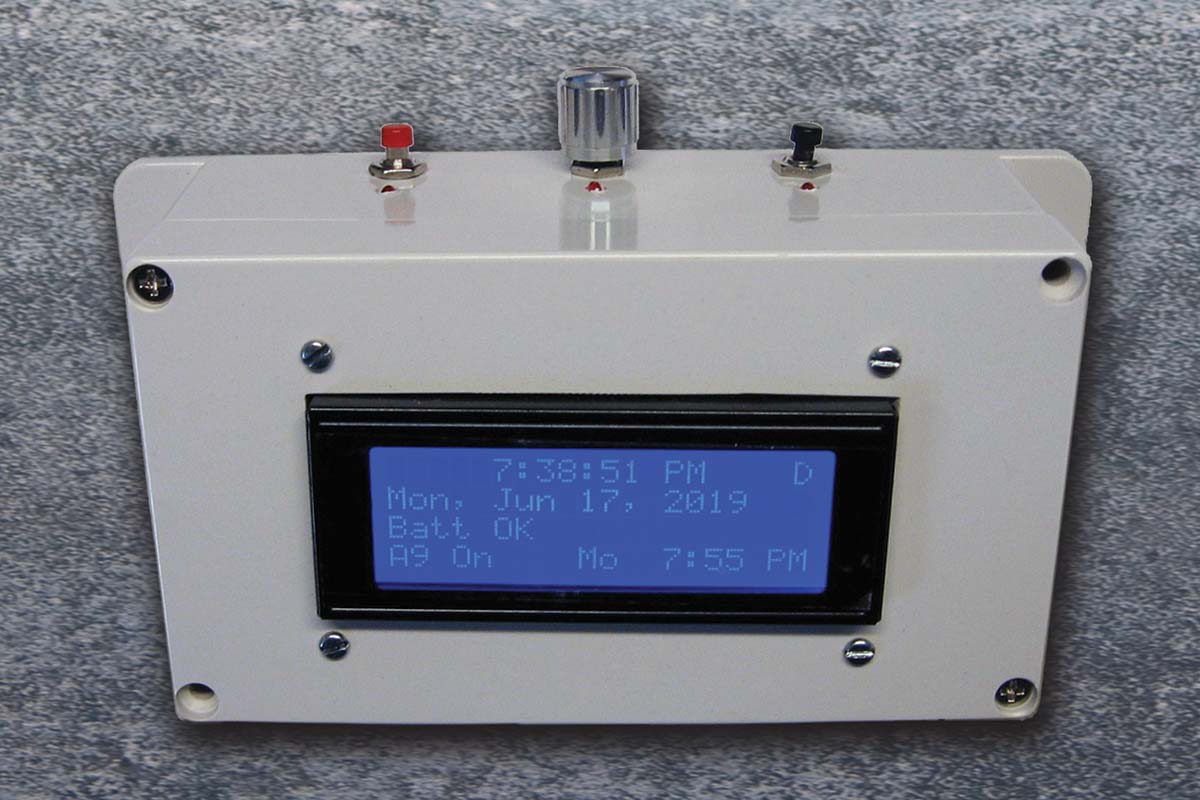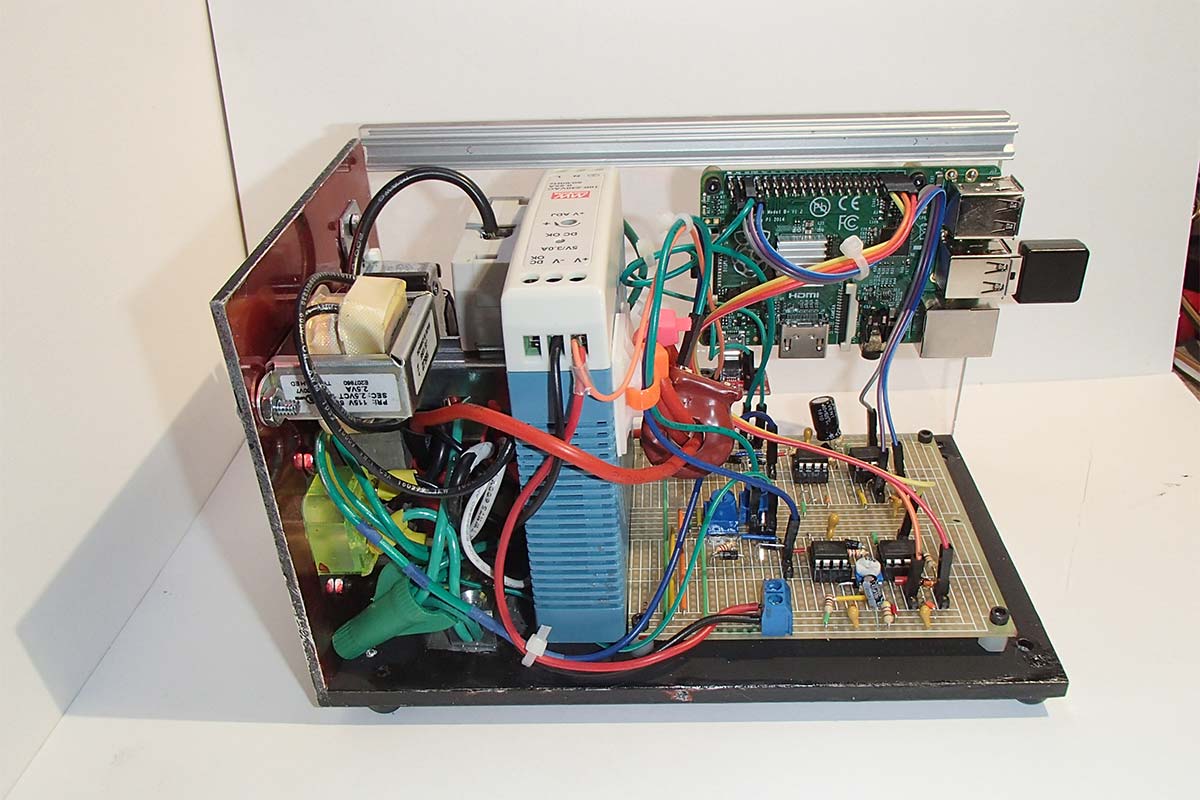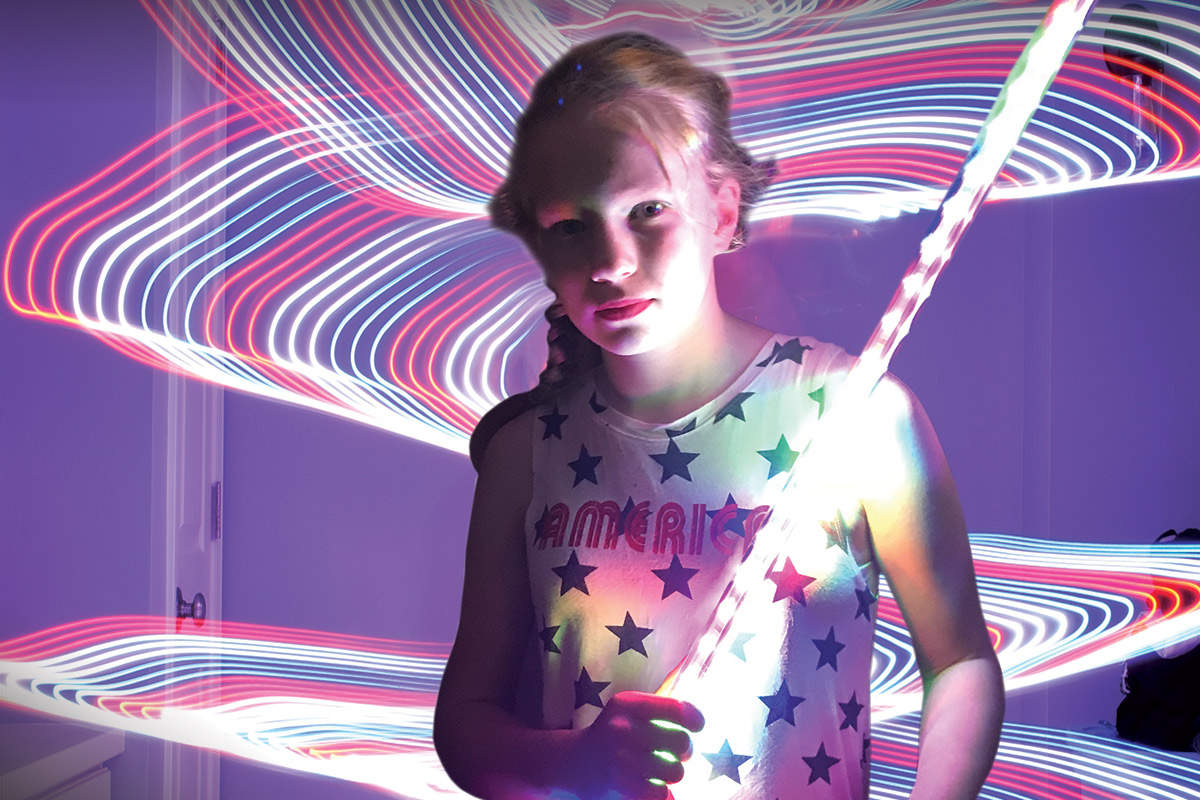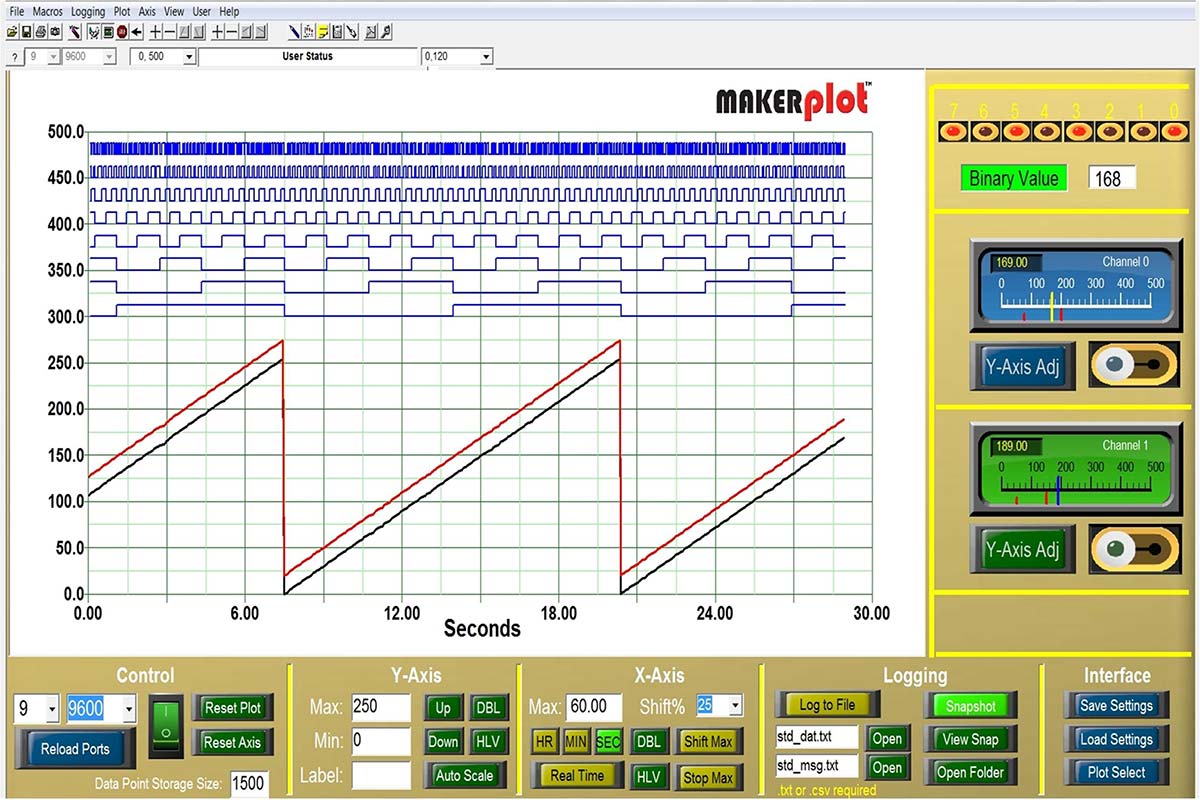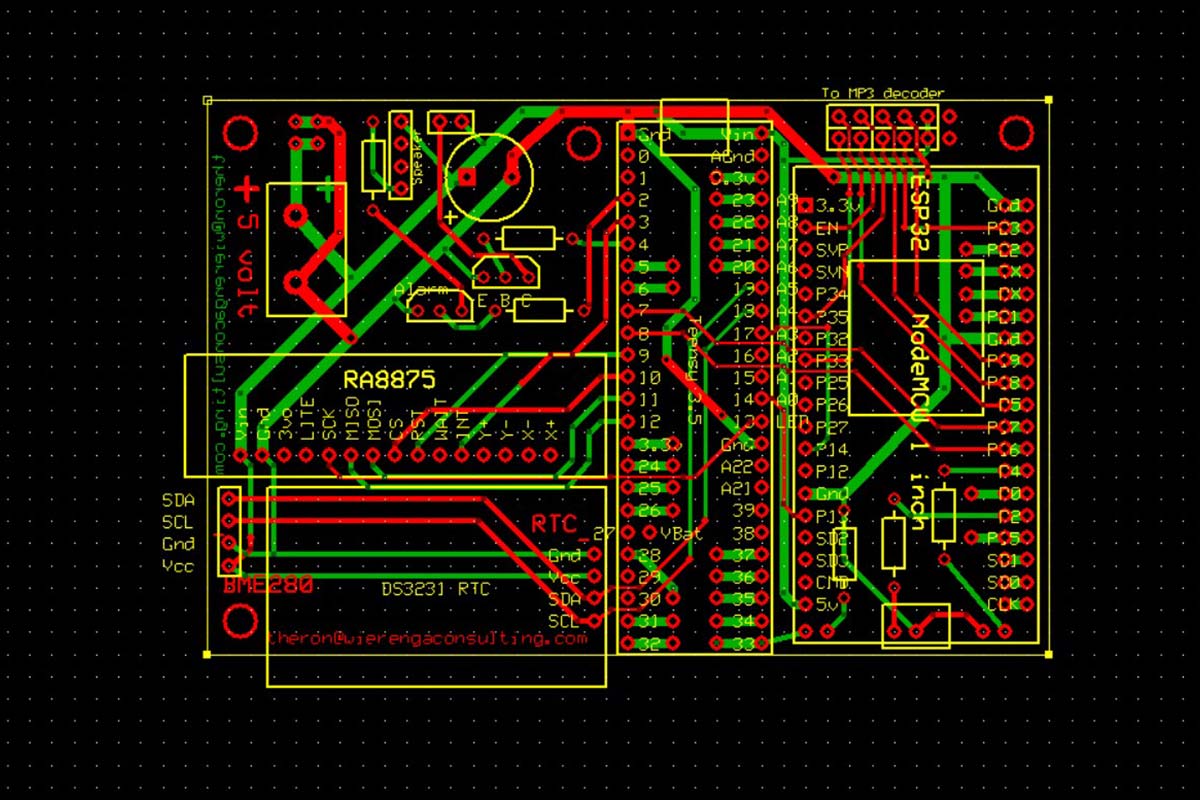Recently, I began to explore ways to improve and upgrade my “thermal monitoring technology” and came up with this simple, easy to build trend-plotting thermometer. This project features a large color graphics display to show the current temperature in big bold digits. Better than that, it also graphs the temperature trends over the most recent 4, 8, 16, or 24 hour period.
Whether it be temperature trends, time and date, current/voltage readings, battery status, or other variables, consider giving your next project some extra pizazz by including an LCD color graphics display into the design!

